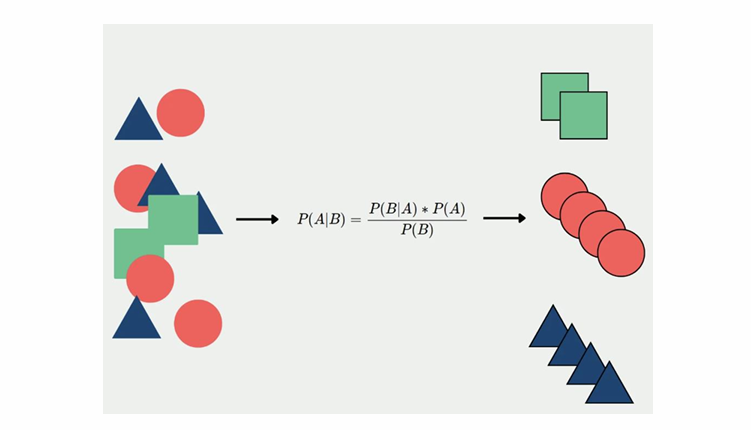Term Frequency(TF) and Inverse Document Frequency (IDF) | What is TF and IDF? | Realcode4you
- realcode4you
- Feb 24, 2023
- 2 min read
What is Term Frequency(TF)?
- Assign each term in a document a weight for that term.
- The weight of a term t in a document d is a function of the number of times t appears in d.
The weight can be simply set to the number of occurrences of t in d :
tf (t, d) = count (t, d)
The term frequency may optionally be normalized.
What is Inverse Document Frequency (idf)
idf(t) = log [N/df(t)]
N: Number of documents in the corpus
df(t): Number of documents in the corpus that contain a term t
- Measures term uniqueness in corpus
"phone" vs. "brick"
- Indicates the importance of the term
Search (relevance)
Classification (discriminatory power)
TF-IDF and Modified Retrieval Algorithm
- term t in document d:
tfidf(t, d) = tf (t, d) * idf(t)
query: brick, phone
Document with "brick" a few times more relevant than document with "phone" many times
Measure of Relevance with tf-idf
Call up all the documents that have any of the terms from the query, and sum up the tf-idf of each term:

TF-IDF and Modified Retrieval Algorithm, example
The process to find meaning of documents using TF-IDF is very similar to Bag of words,
Clean data / Preprocessing — Clean data (standardise data) , Normalize data( all lower case) , lemmatize data ( all words to root words ).
Tokenize words with frequency
Find TF for words
Find IDF for words
Vectorize vocab
Example
Let’s cover an example of 3 documents -
Document 1 It is going to rain today. 1/6
Document 2 Today I am not going outside.
Document 3 I am going to watch the season premiere. 1/8
To find TF-IDF we need to perform the steps we laid out above, let’s get to it.
Step 1 Clean data and Tokenize

Example, continue
- Step 2: Find TF for all docs
TF = (Number of repetitions of word in a document) / (# of words in a document)
- Step 3: Find IDF
IDF =Log[(Number of documents) / (Number of documents containing the word)]In Excel use LN(3/3)

- Step 4: Build model i.e. stack all words next to each other

IDF Value and TF value of 3 documents.
- Step 5: Compare results and use table to ask questions

Remember, the final equation = TF-IDF = TF * IDF
Example, continue- Analysis and outcomes
You can easily see using this table that words like ‘it’,’is’,’rain’ are important for document 1 but not for document 2 and document 3 which means Document 1 and 2&3 are different w.r.t talking about rain.
You can also say that Document 1 and 2 talk about something ‘today’, and document 2 and 3 discuss something about the writer because of the word ‘I’.
This table helps you find similarities and non similarities between documents, words and more much better than Bag Of Words.



Comments